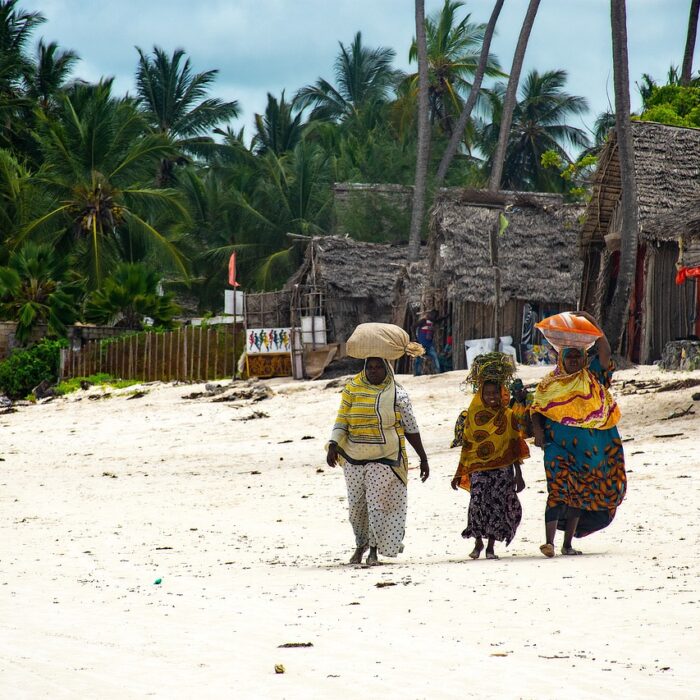The spice trade refers to the historical global commerce of various valuable spices, sought after for their flavor, aroma, and medicinal properties. It played a significant role in shaping the world economy and history from ancient times through the Middle Ages and into the early modern period. Long-range spice trade dates back to 1000 BCE, where spices like cinnamon, cloves, nutmeg, cardamom, turmeric, and ginger were used as commerce. At the time, spices were comparable to, or even worth more than, gold.
1000 BCE
The spice trade began with the movement of cinnamon and possibly pepper from both India and Indonesia to Egypt. Arab merchants acted as middlemen, transporting spices from Southeast Asia to Red Sea ports, making the spices available in Mediterranean markets.
120 BCE
The breakdown of the Arab monopoly on the spice trade occurred when an Indian sailor shipwrecked on the Egyptian coast of the Red Sea. This sailor taught the Egyptians how to navigate the monsoon winds to India, undermining the Arab monopoly and leading to increased Roman trade with India. This facilitated the establishment of direct spice trade routes.
1 CE
A comprehensive trading network was established in the Far East, with India at its center. Indian dhows traded pepper for cloves and nutmeg in Indonesia, while Chinese junks reached the Spice Islands (Indonesia) and Sri Lanka. A maritime trade route spanning 9,000 miles connected Rome, India, Indonesia, and China, enhancing the global spice trade.
250 CE
Following the fall of Rome, the Byzantine Empire and later Europe became the centers of world trade. Venice emerged as a powerful trading hub, and Muslims gained control of the spice routes in the Middle East and Southeast Asia. The Crusades were partly driven by the desire to maintain access to the lucrative spice trade.
15th Century
In the 15th century, Vasco da Gama and the Portuguese discovered the sea route around Africa to Southeast Asia, establishing a spice empire centered in Goa, India. The Portuguese sought to control the spice trade through conquests in India and Indonesia, monopolizing key spice-producing regions.
17th Century
The Dutch and English East India Companies emerged as major players in the Indian Ocean trade, taking control of the spice trade from the Portuguese. This period saw intense competition for dominance over the spice trade in Southeast Asia. The era also witnessed a culinary revolution and a shift in tastes. New trade routes introduced a variety of beverages, stimulants, and flavors to Europe, including tea, coffee, chocolate, and tobacco.
Modern Era
Efforts to preserve Zanzibar’s spice heritage gained momentum in the late 20th century, with spice farms becoming tourist attractions offering guided tours and educational experiences. In the 21st century, the spice trade is integrated into Zanzibar’s tourism industry. Visitors from around the world come to experience the island’s spice farms, learn about the history of spice cultivation, and purchase fresh spices. Today, Zanzibar continues to produce cloves, nutmeg, cinnamon, and other spices.
The spice trade remains an important part of the island’s economy, with a focus on sustainable and eco-friendly practices. The island’s spice heritage is celebrated through festivals, tours, and cultural events.




